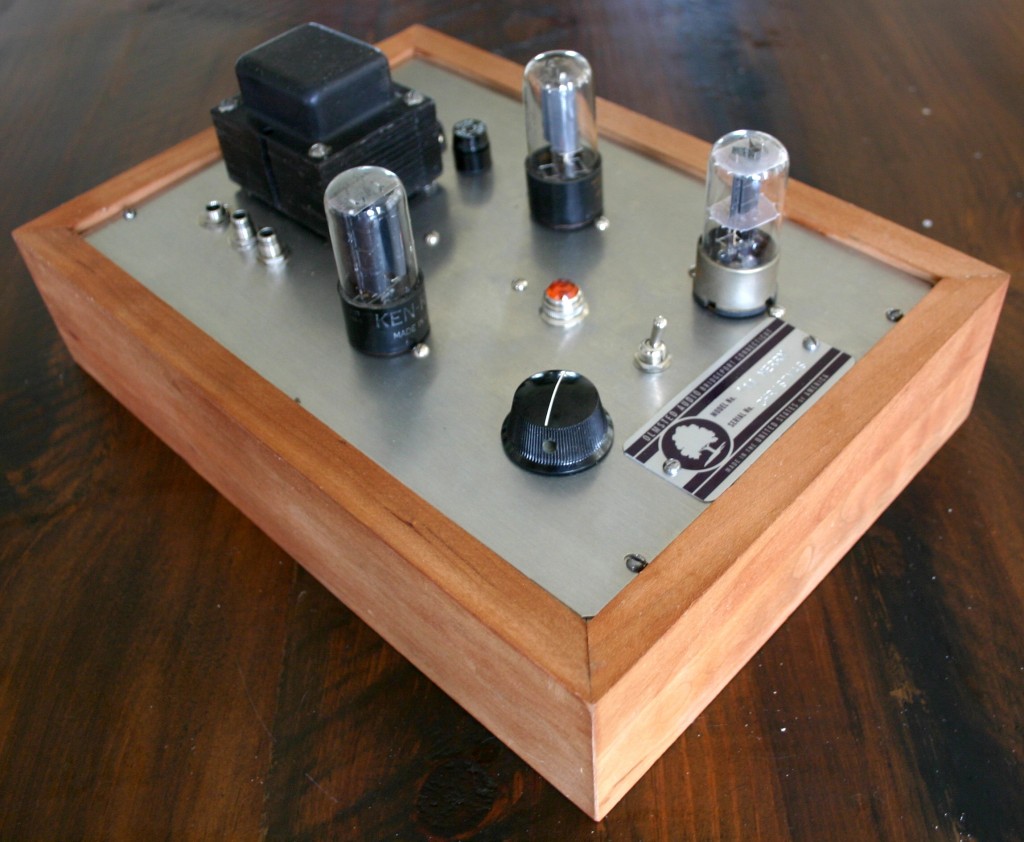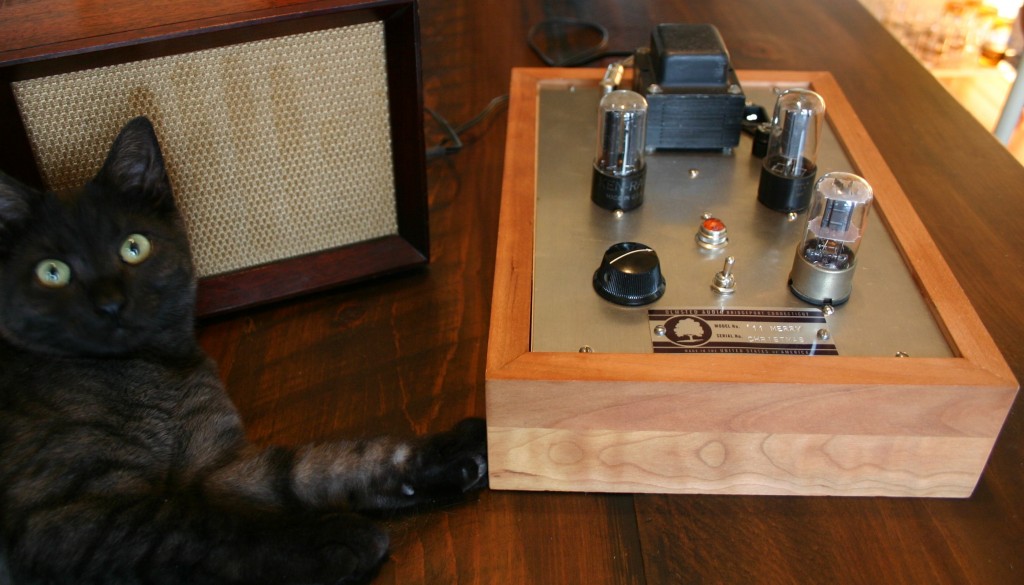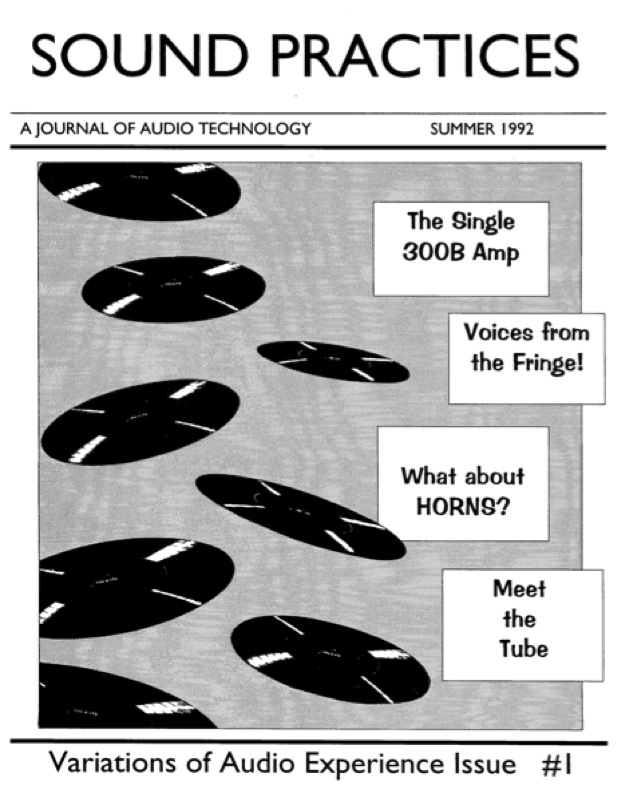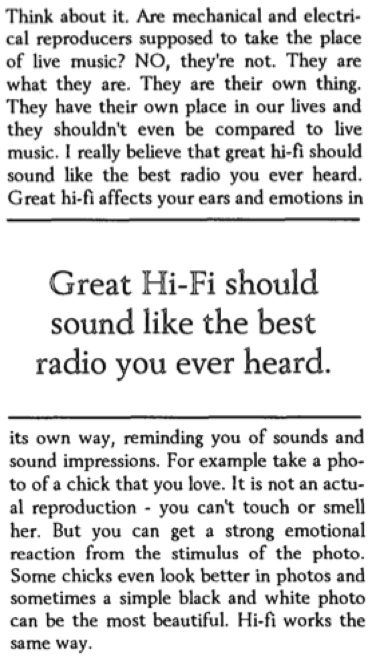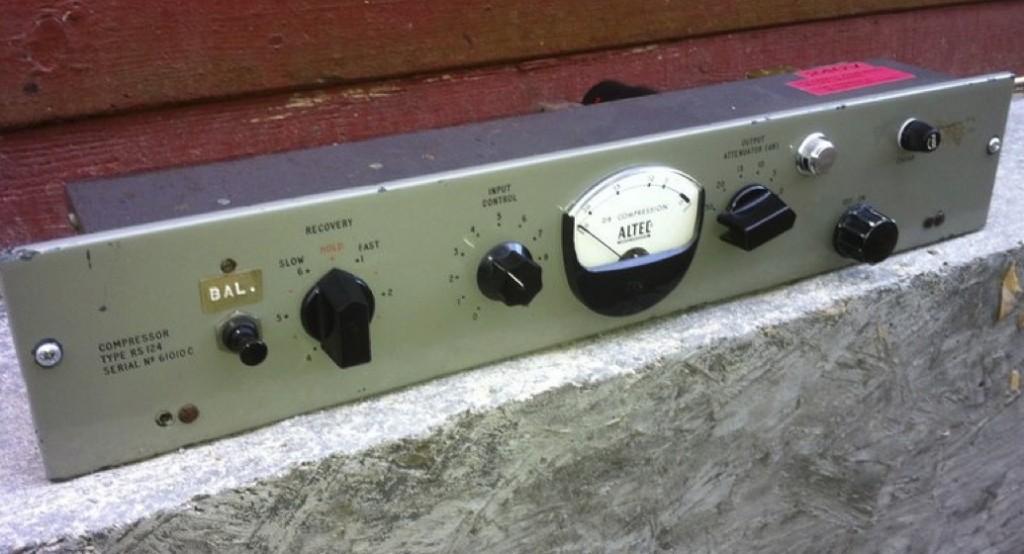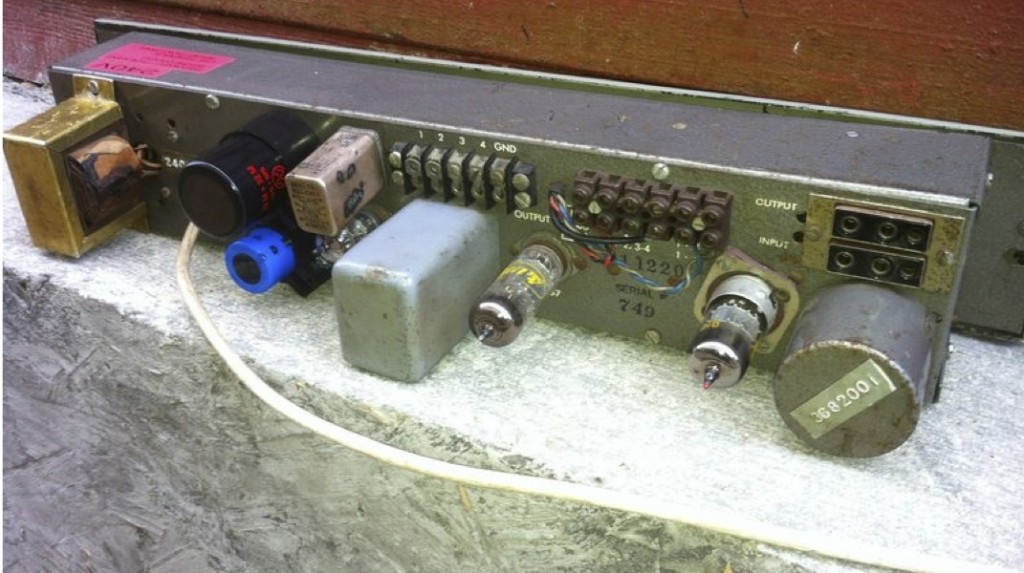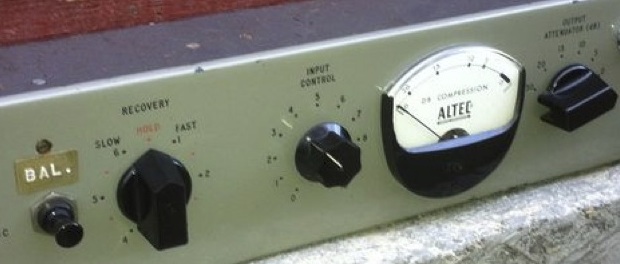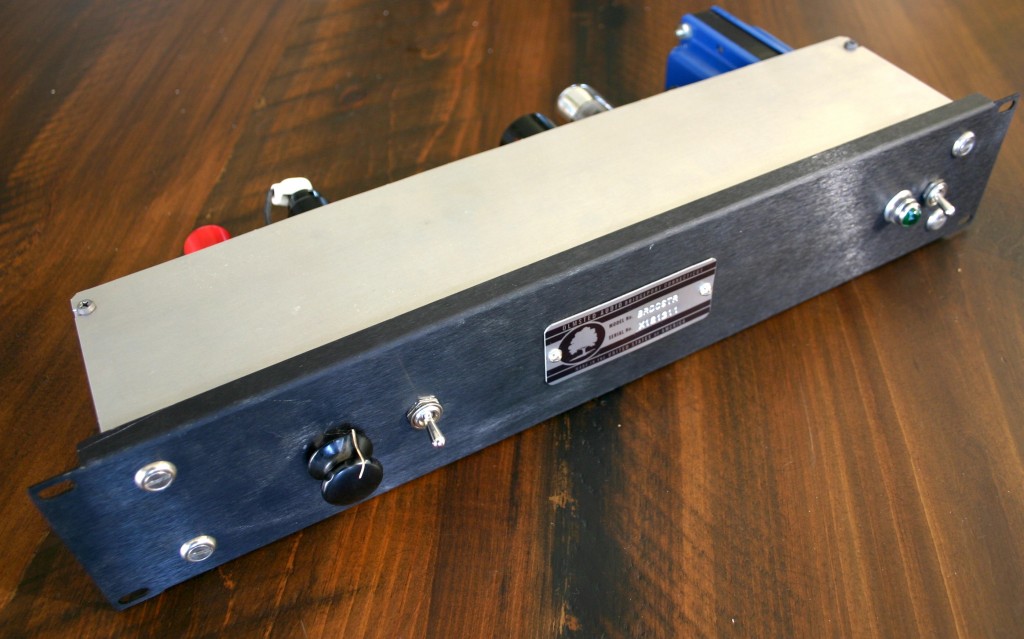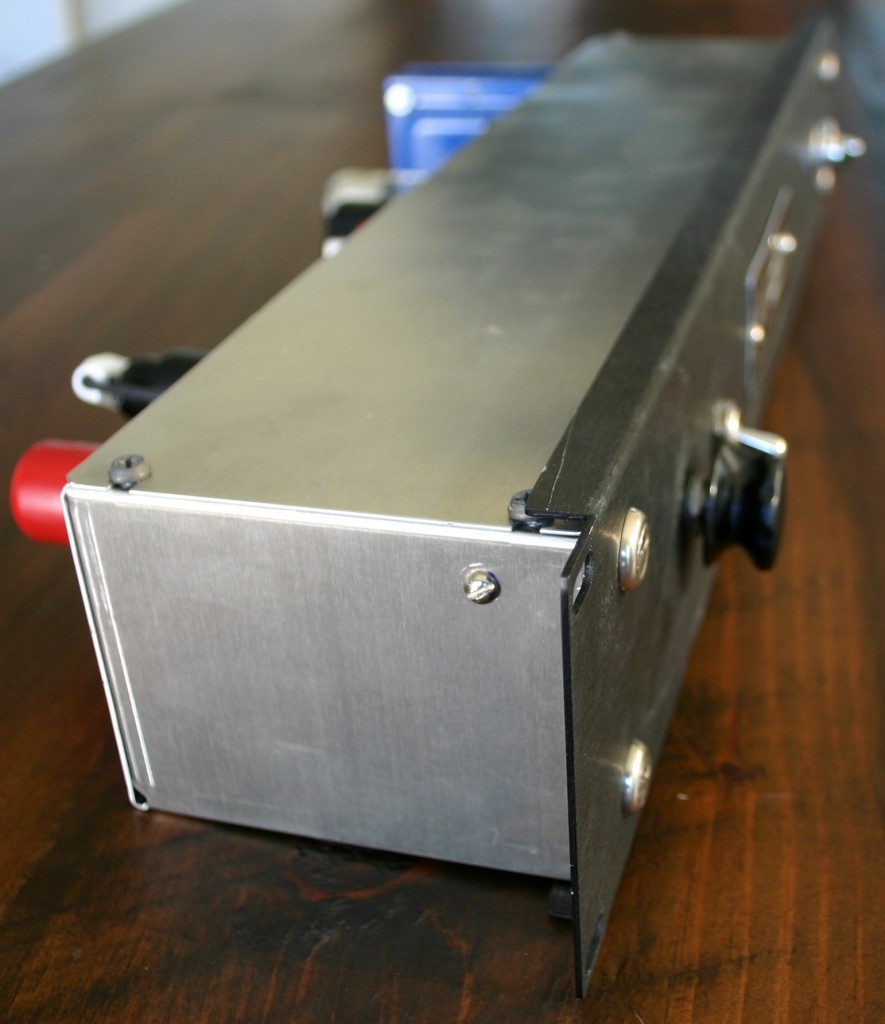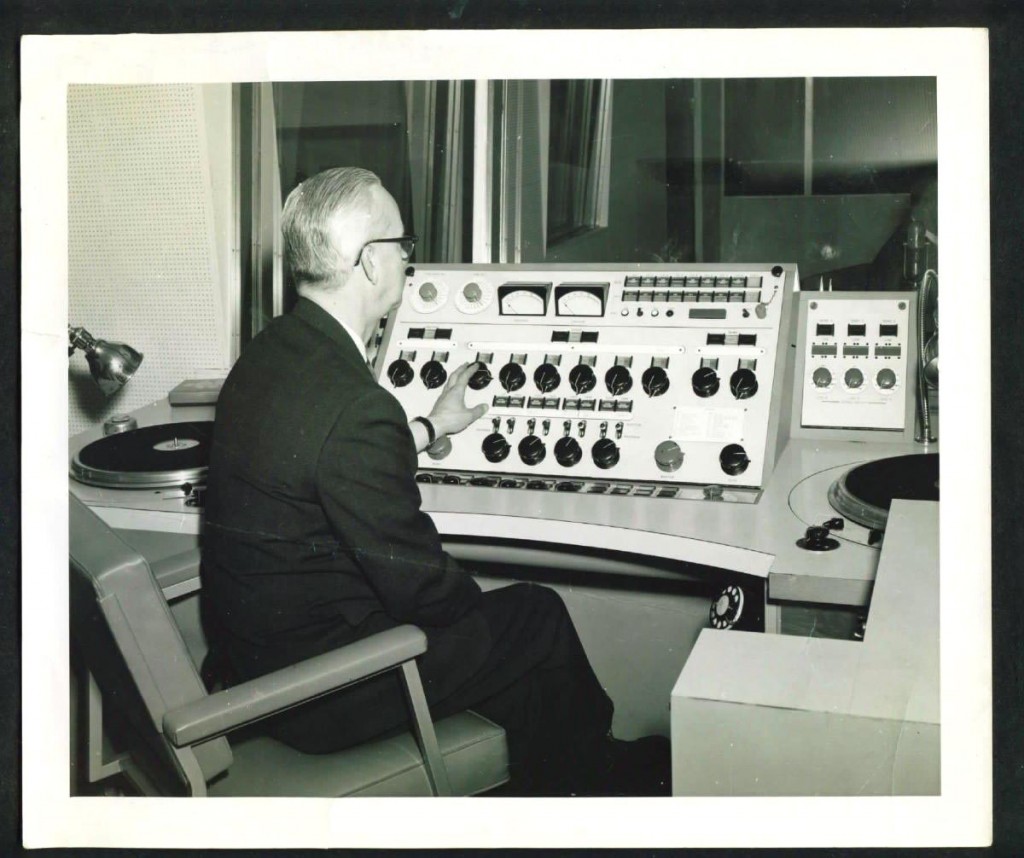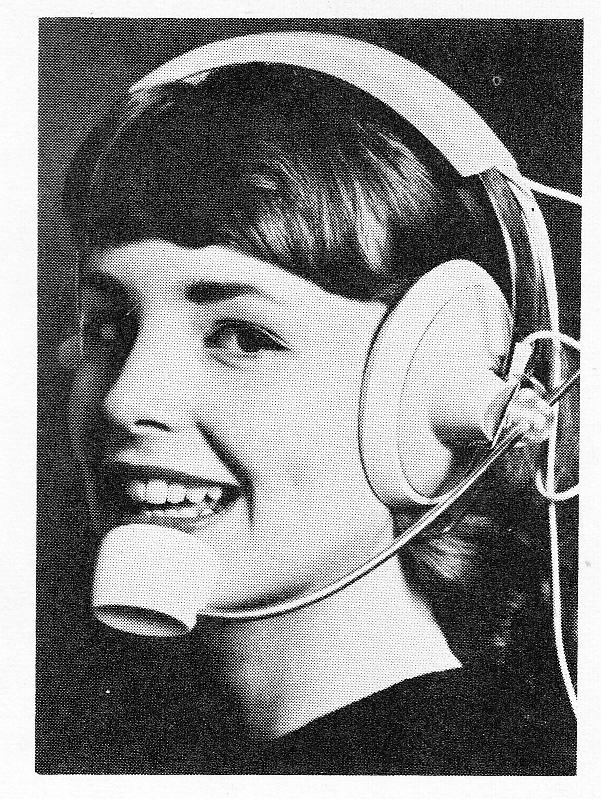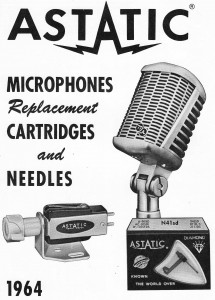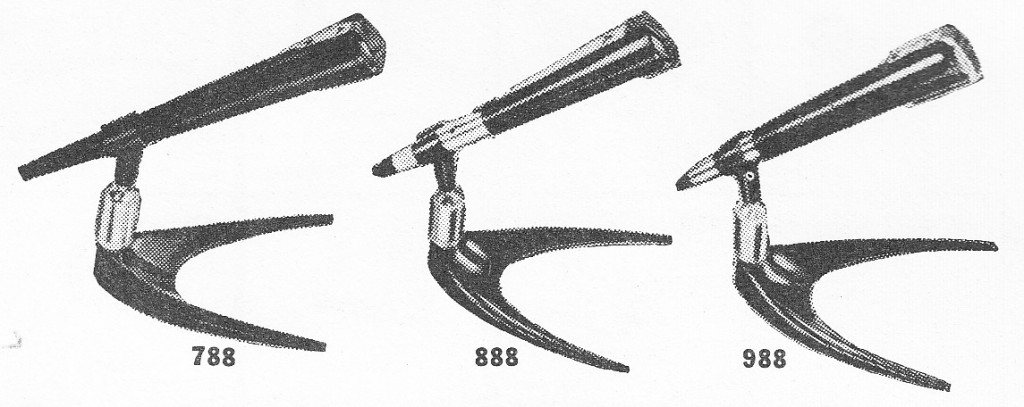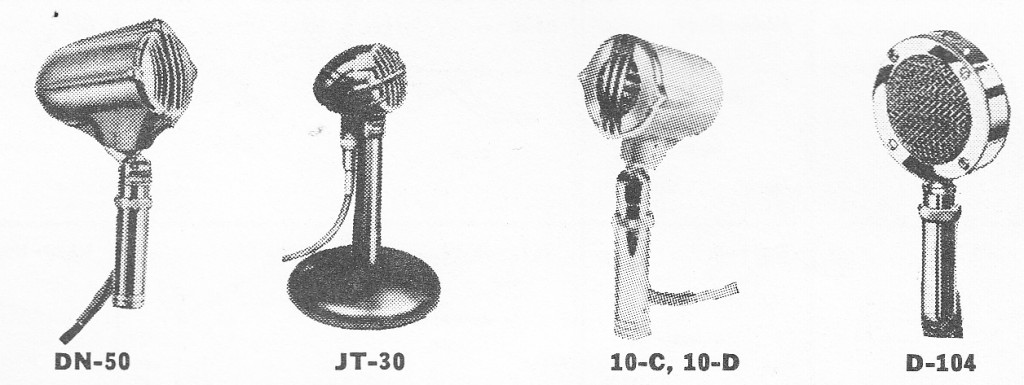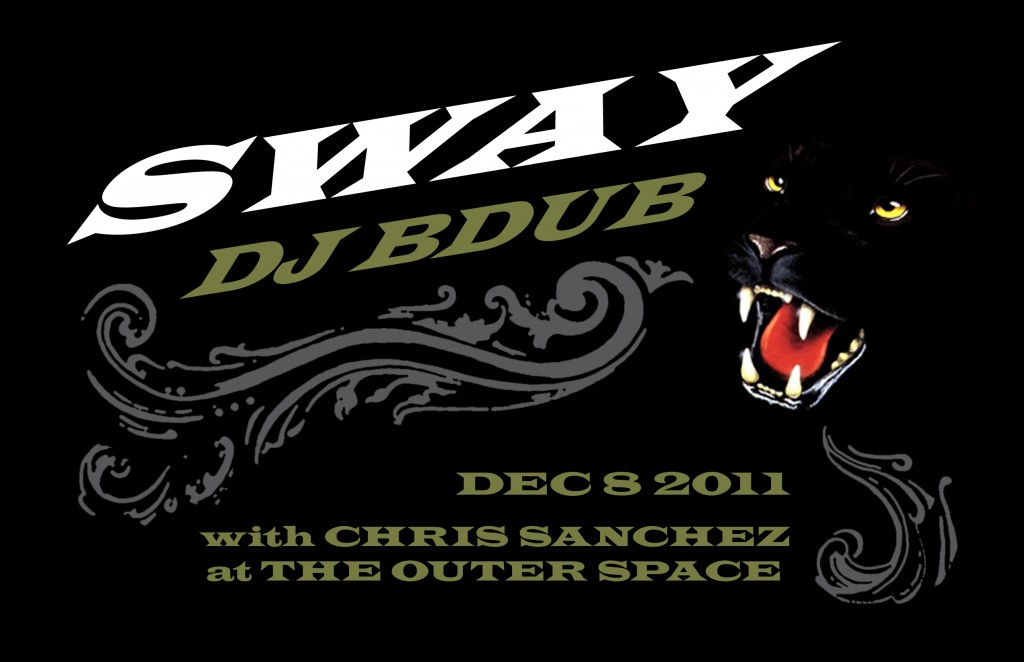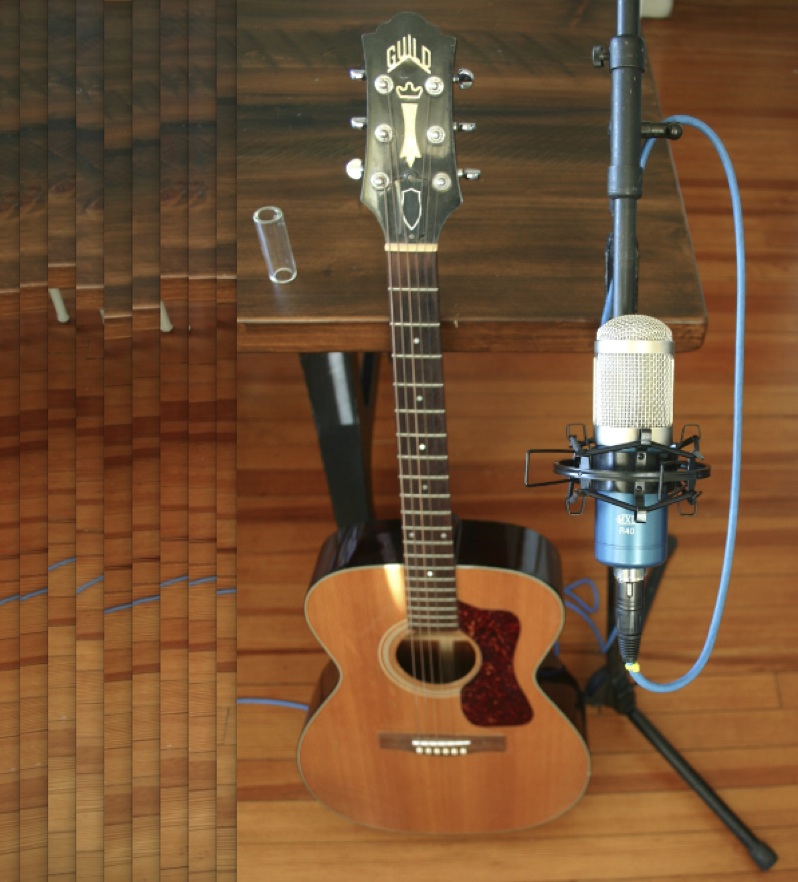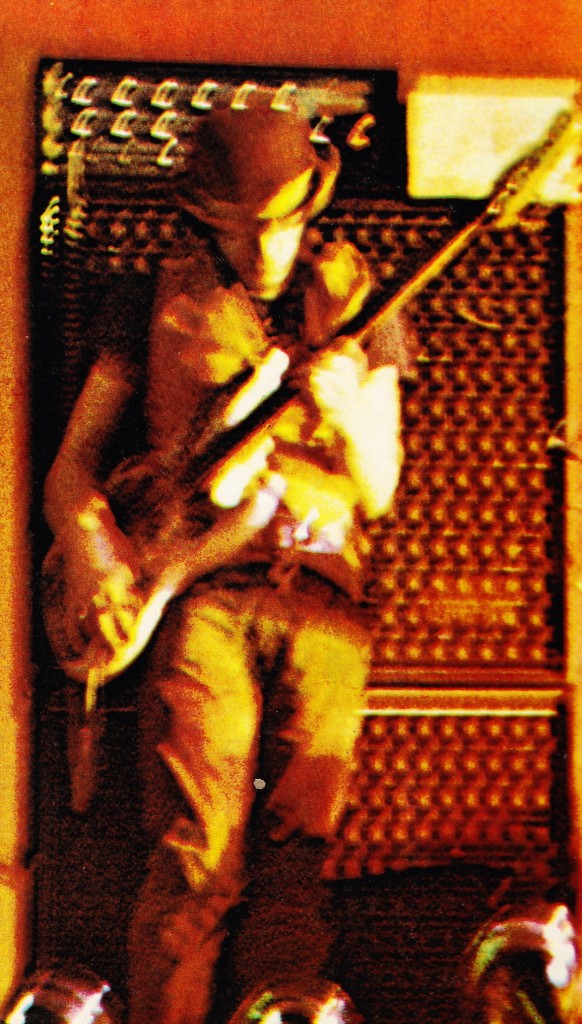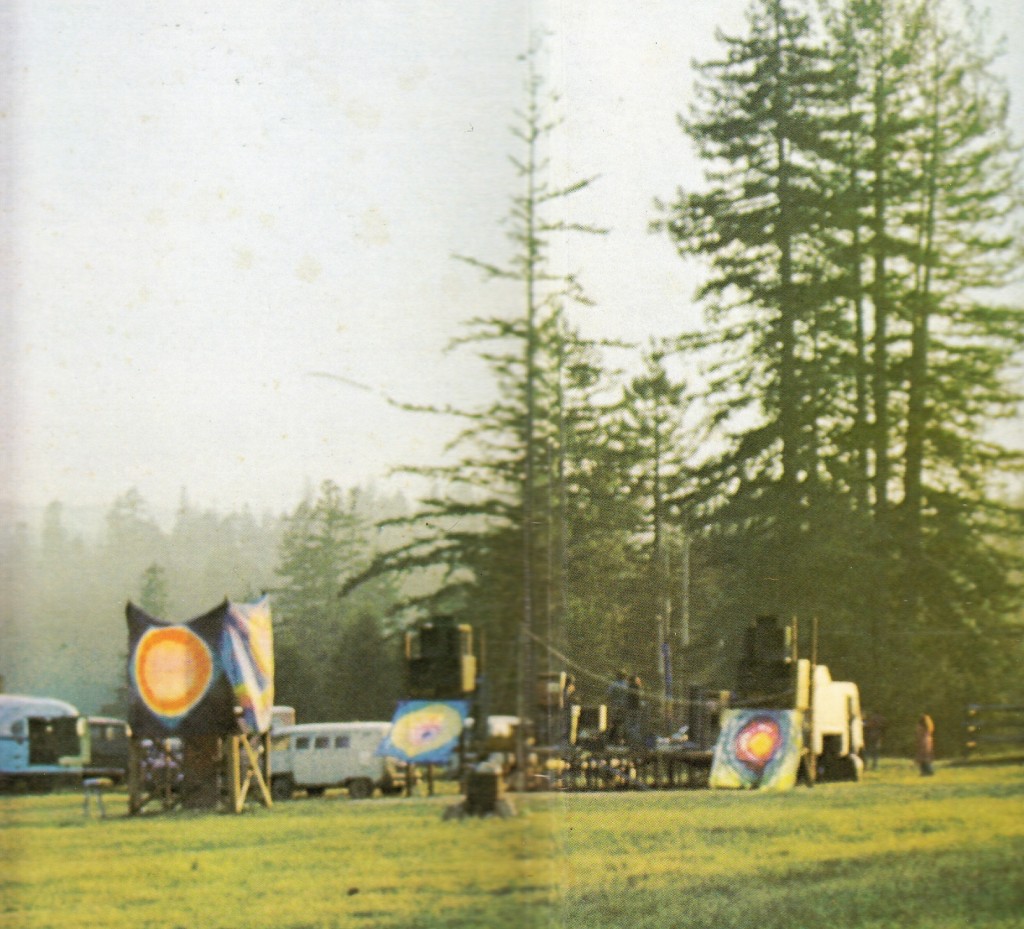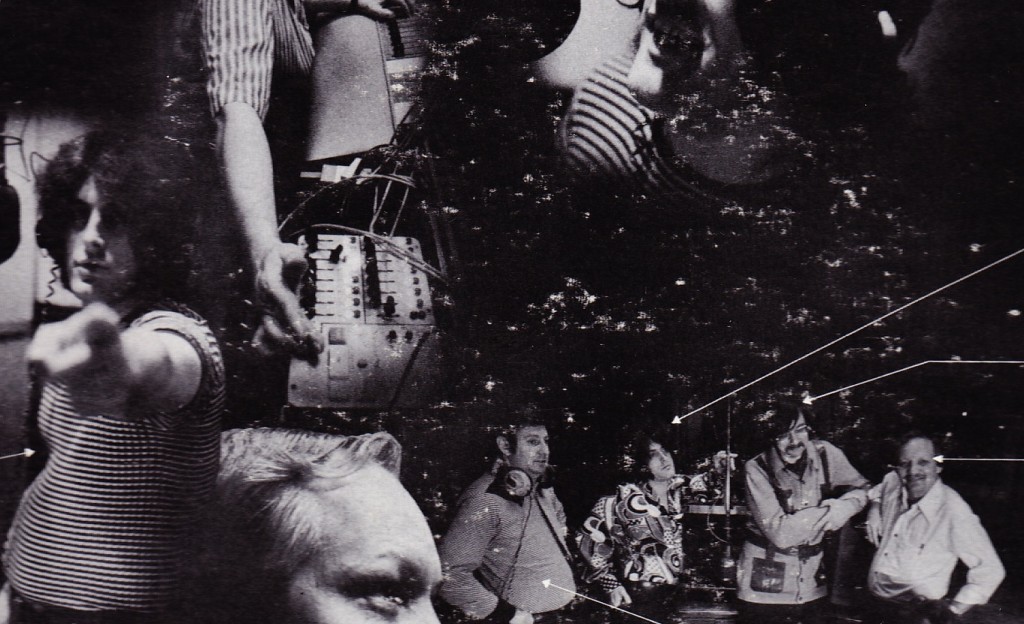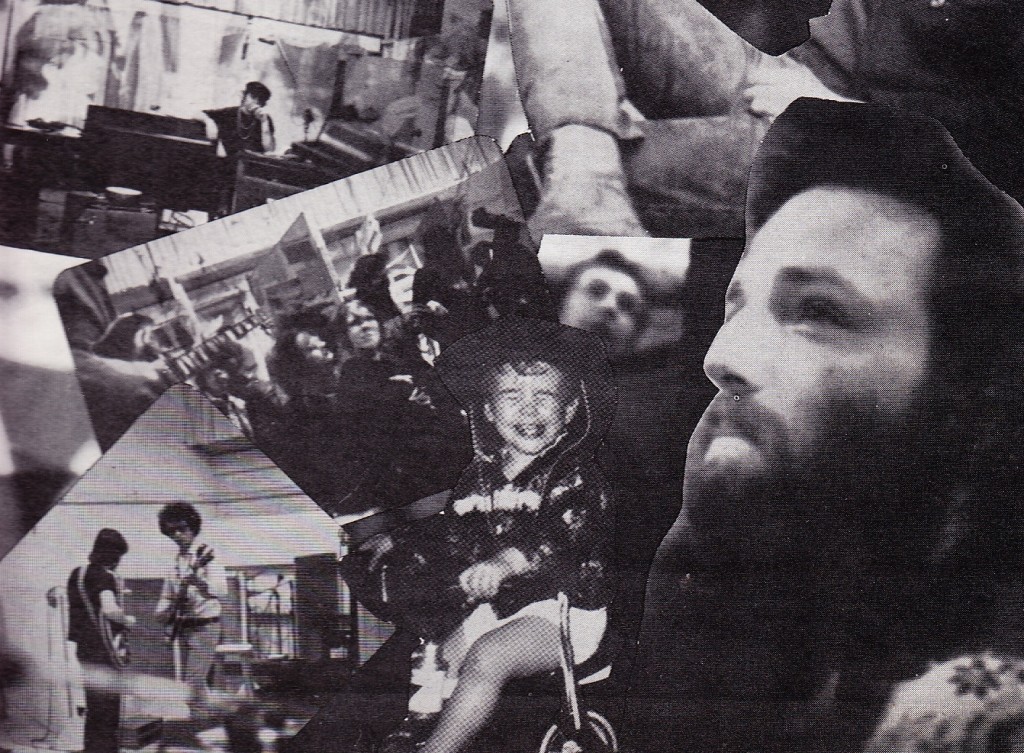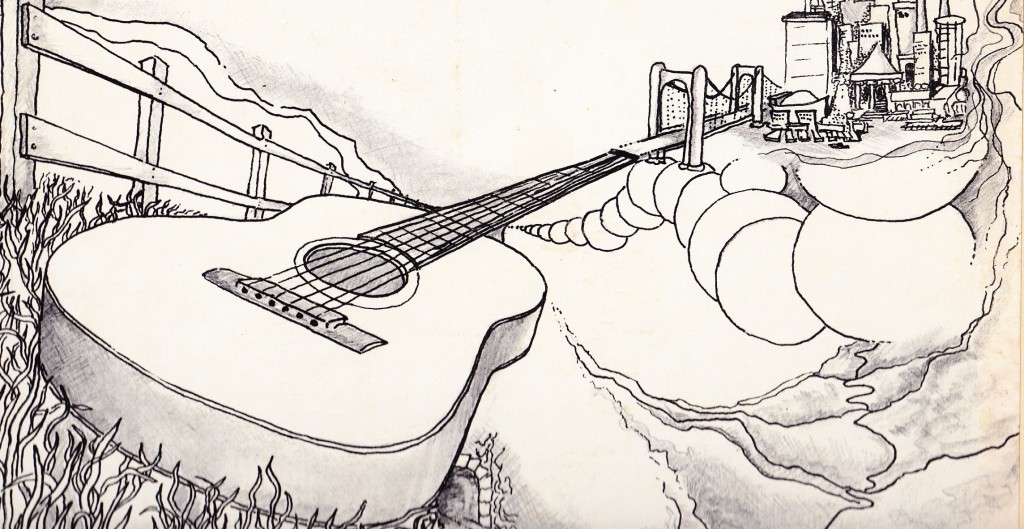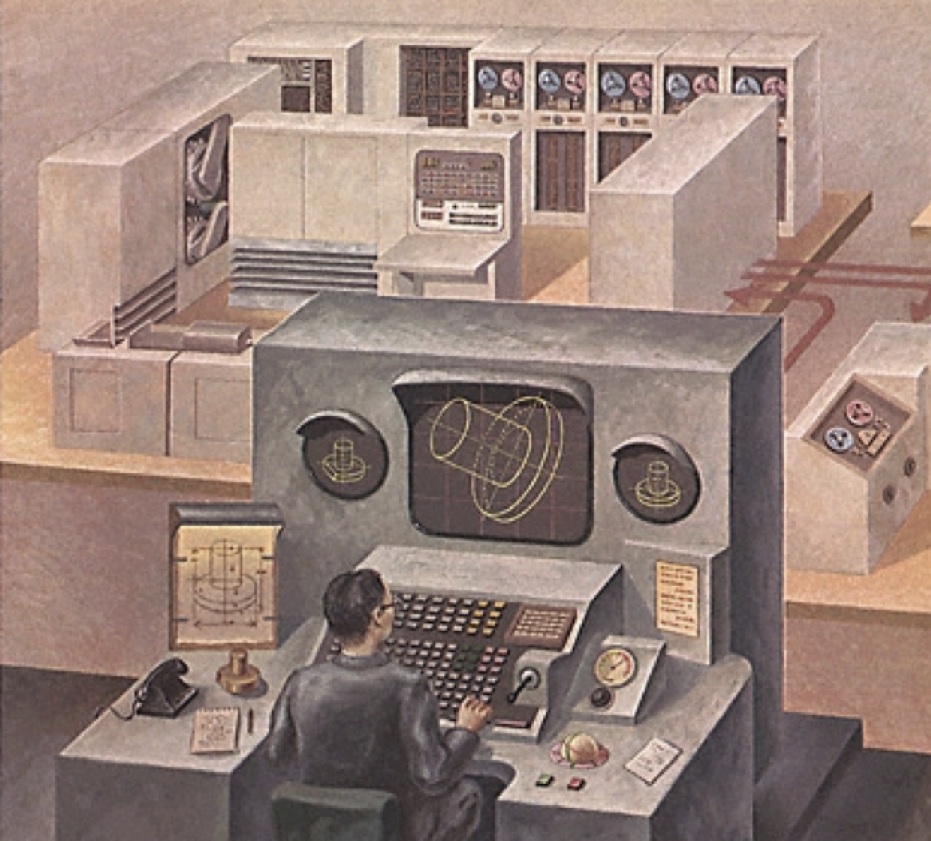 Image Source (n.b.: clicking link will initiate PDF download)
Image Source (n.b.: clicking link will initiate PDF download)
The Bottlehead Company is a long-running fixture of the DIY tube audio world. If you’ve spent any amount of time Googling-about for tube-audio related themes you have probably come across their forum, or mention of their products in some other forum. Bottlehead’s primary businesses seem to be some fairly inventive, reasonably priced tube audio kits (they also build a bespoke tube phono preamp and tape-head preamp, which is a pretty cool idea for a useful if niche pro-audio product) and “The Tape Project,” which is a series of $300 reissues of classic-and-audiophile albums released on 1/4″ 15 IPS analog audio tape. 15 IPS 1/4″ analog audio tape was a standard recording-studio master format for decades so this makes a lot of sense… and if anyone thinks that $300 seems like a lot of money for an album reissue, all I can say is: you probably haven’t spent much time dealing with the business-affairs folks at a major label. There is a lot, a LOT of work involved with bringing a low-numbers reissue of, say, a Credence Clearwater Revival album to market,,, and triple that if you actually need access to an original stereo mix master. I cannot even imagine how much effort must have gone into this.
Anyways… suffice to say… these seem like passionate people with a real dedication to music, audio and the technologies used to bring it to life. In the 1990s Bottlehead published a fanzine called “VALVE.” They have very generously made it available for free download, in good quality, at their website. Visit this link to download any or all of the dozens of issues on offer. If you are frequent reader of PS dot com, and especially if you were interested in checking out Sound Practices Zine archive disc (but reluctant to spend the $30…), I have no doubt you will enjoy VALVE.
